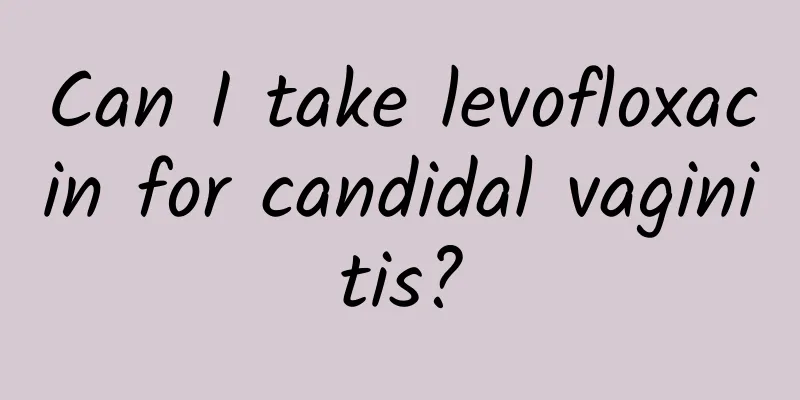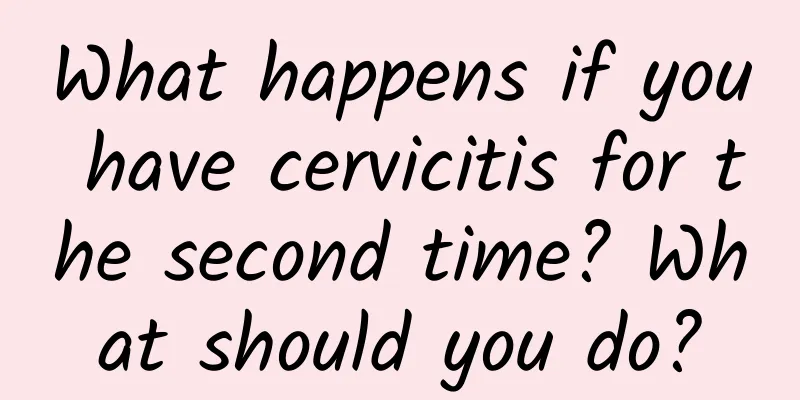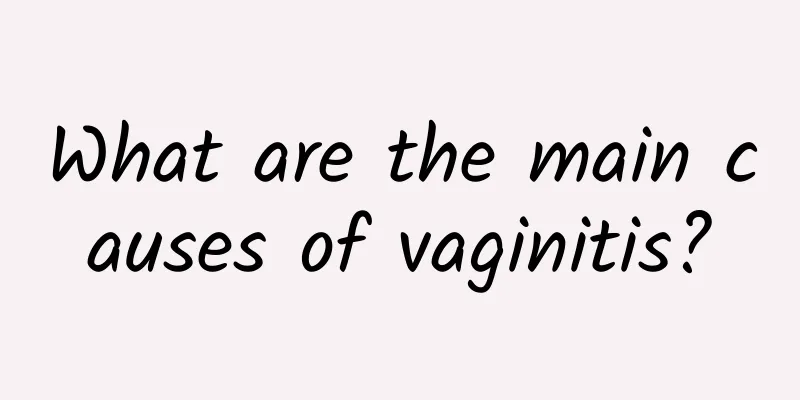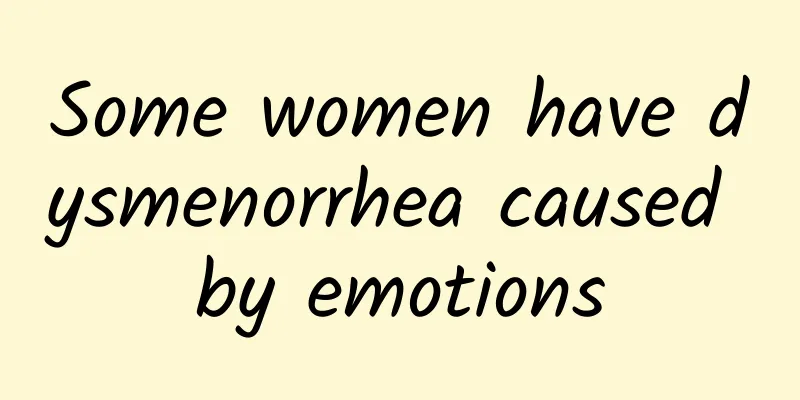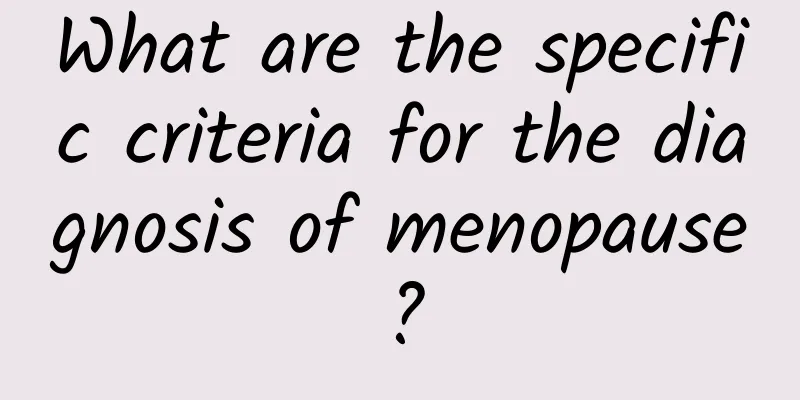Is it better to do puncture or minimally invasive surgery for ovarian cysts?
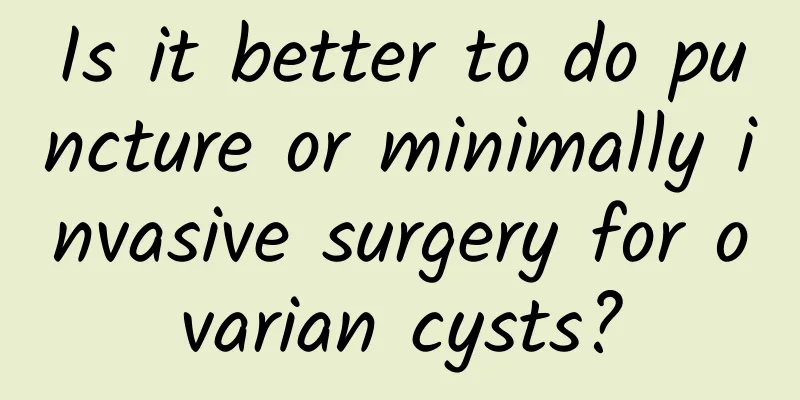
|
Minimally invasive surgery is better than puncture for ovarian cysts because it can completely remove the cyst and reduce the chance of recurrence and implantation. 1. Advantages of minimally invasive surgery: Laparoscopic surgery is currently the most advanced minimally invasive surgery method. Through laparoscopic surgery, doctors can clearly see the location and size of the cyst and can accurately peel off the cyst capsule. This operation can not only effectively reduce the chance of cyst recurrence, but also reduce the risk of cyst contents implanting in the abdominal cavity. If the cyst contents are implanted in the abdominal cavity, it may cause more health problems. 2. Limitations of puncture: The puncture surgery mainly uses a needle to drain the fluid in the cyst, but the cyst capsule remains in the body. This means that the chance of cyst recurrence is higher, and if the cyst is malignant, puncture may cause tumor cells to spread in the abdominal cavity, thereby increasing the risk of tumor metastasis. In contrast, minimally invasive surgery can more thoroughly treat cysts and reduce these risks. 3. Choice of indications: If the ovarian cyst is small and does not affect ovarian function or cause other complications, you can choose to have regular checkups to observe the growth of the cyst without immediate surgery. In this case, doctors usually recommend that patients undergo ultrasound examinations at regular intervals to ensure that the cyst does not show signs of rapid growth or deterioration. 4. Preoperative evaluation: Before deciding on the surgical method, the doctor will usually evaluate the nature of the cyst through a series of auxiliary examinations, including ultrasound examination, CT scan and blood test. These examinations can help the doctor preliminarily determine whether the cyst is benign or malignant, so as to choose the most suitable surgical method. After the operation, the doctor will also perform a pathological examination on the removed cyst specimen to confirm the nature of the cyst. 5. Personalized treatment plan: Everyone's physical condition and illness are different, and the choice of appropriate treatment method needs to be determined based on the specific situation. For some patients, minimally invasive surgery may be the best option, while for other patients, puncture may be a more appropriate option. Full communication with the doctor and understanding of your condition and treatment options are the key to developing a personalized treatment plan. The treatment of ovarian cysts should be selected according to the specific situation. Minimally invasive surgery has obvious advantages in reducing the risk of recurrence and implantation, but for small, asymptomatic cysts, regular observation can be chosen. No matter which method is chosen, it should be performed under the guidance of a professional doctor. |
<<: What to eat for vaginal candidal infection
>>: What are the symptoms of premature ovarian failure?
Recommend
Patients should be aware of the specific symptoms of irregular menstruation in a timely manner
Irregular menstruation often occurs in women'...
How to treat habitual miscarriage? See what the doctor says
There are many reasons for habitual miscarriage. ...
Will taking progesterone with endometriosis make me fat?
Will taking progesterone with endometriosis make ...
What causes cervicitis and how to treat it
Treatments for cervicitis include medication, phy...
How to prevent uterine prolapse
How to avoid uterine prolapse? Postpartum uterine...
How much does it cost to treat ectopic pregnancy?
Ectopic pregnancy examination fee: Generally, reg...
What is a cervical cyst?
What is a cervical cyst? 1. The medical name of c...
Teach you to understand the cause of cervicitis at the first time
What is the cause of cervicitis? Experts say that...
What is the relationship between endometriosis and dysmenorrhea?
What is the relationship between endometriosis an...
Under what circumstances is it necessary to remove uterine fibroids? Under what circumstances is it necessary to remove the uterus?
Under what circumstances is it necessary to remov...
Women should know clearly what the symptoms of ectopic pregnancy are
In our lives, ectopic pregnancy is very common, a...
In what cases does uterine fibroids require surgical treatment?
Many female friends are reluctant to use surgery ...
Is amenorrhea before 40 early menopause?
Women will slowly enter menopause when they are a...
Diagnosis of complications related to artificial abortion
Some complications may occur after artificial abo...
What to eat for nonspecific vaginitis?
What to eat for nonspecific vaginitis? During the...

